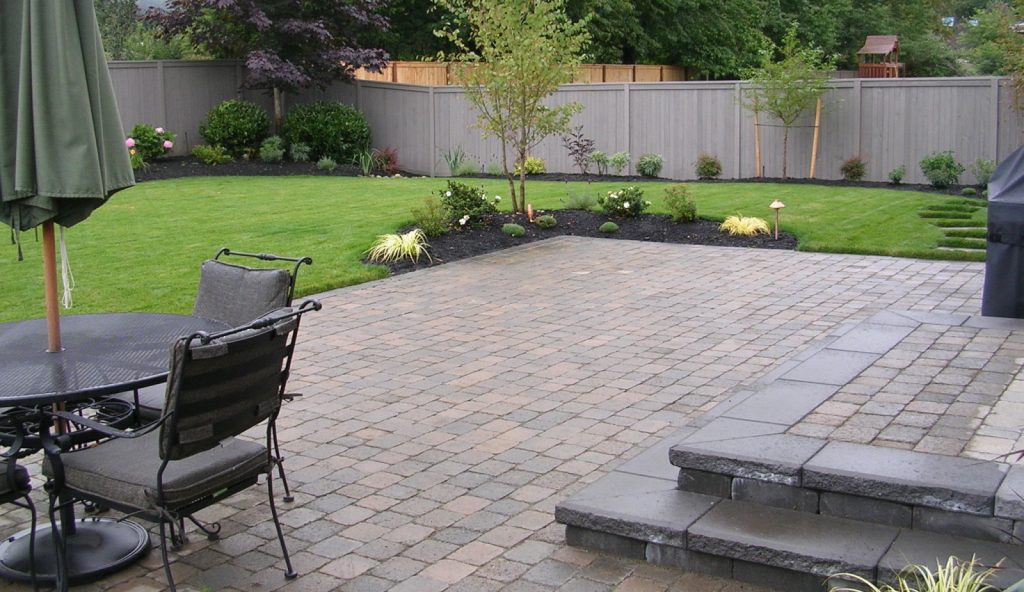A better-looking driveway or parking lot is also more preserved and less costly to fix asphalt pavement. Keeping it in good condition is smart money.
Like anything new, a paved asphalt driveway or parking lot looks best just after installation. But over time, traffic and abuse, solar rays and seasonal precipitation all conspire to cause pavement deterioration. Within ten years or less, an asphalt surface will show age with cracks, potholes, ruts and faded parking lines.
Actually, none of those negatives have to happen as quickly as ten years. It’s possible to have a great driveway or parking lot of “blacktop” for three decades or longer if (a) you’re lucky or (b) you perform maintenance tasks in a strategic plan.
Luck is not a strategy, so better that the property owner and manager go about this with a maintenance plan. Keeping up good pavement quality involves the following:
Seal cracks – Cracking is the enemy of asphalt. It opens up the subsurface of the pavement to the entry of moisture, which then undermines the pavement through erosion or, where temperatures go below 32 degrees F, freeze-thaw cycles. In relatively short order, that undermining leads to potholes or just larger cracks. Crack sealing is a simple process, administered by professionals or as a do-it-yourself project, and should be performed as early as possible.
Give it a protective sealcoat – Sunlight is another enemy of pavement integrity. With asphalt sealcoating, administered about every two years, ultraviolet rays are blocked from breaking down the chemical bonds in bituminous (asphalt) material. There is an aesthetic benefit as well, as the sealcoat restores the deeper color of new asphalt that otherwise fades with sunshine. This treatment also forestalls the development of cracks.
Address puddles – If water accumulates in spots it’s a bad indicator. The pavement should slope slightly to allow rainwater to drain off and away from the parking lot or driveway. When water accumulates, it accelerates the process of water entering into the subsurface (this is why potholes on streets and highways are generally greater under viaducts or in other low-lying areas). A contractor should be contacted to identify how to improve drainage from chronically puddled areas.
An alternative is water-permeable asphalt pavement. This is actually designed to capture and convey water to below the surface where it can percolate naturally into the water table. It’s an entirely different way to pave a surface and needs to be installed by experts.
For commercial parking lots, the additional concern is that asphalt pavement markings are maintained for the sake of safety and to stay in compliance with the Americans with Disabilities Act. Also, homeowners as well as businesses need to maintain flat surfaces to prevent ankle twists and serious head injuries that can result from trip-and-fall accidents.

